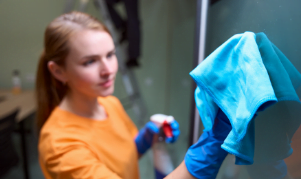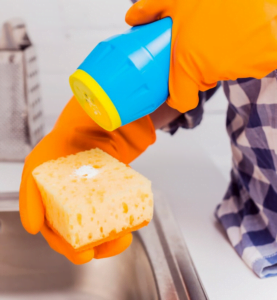Blog
Home » Germ-Free Environment: The Best Scheduled Cleaning Practices
Explore our categories to find valuable tips, suggestions and insights:
Select Your Language:
Company Owners
Strategies and insights for cleaning company owners to improve their businesses.
Property Owners
Guides and advice for property owners on maintenance and cleaning of their properties.






